
Posted on 09/21/2012 4:20:57 AM PDT by Homer_J_Simpson


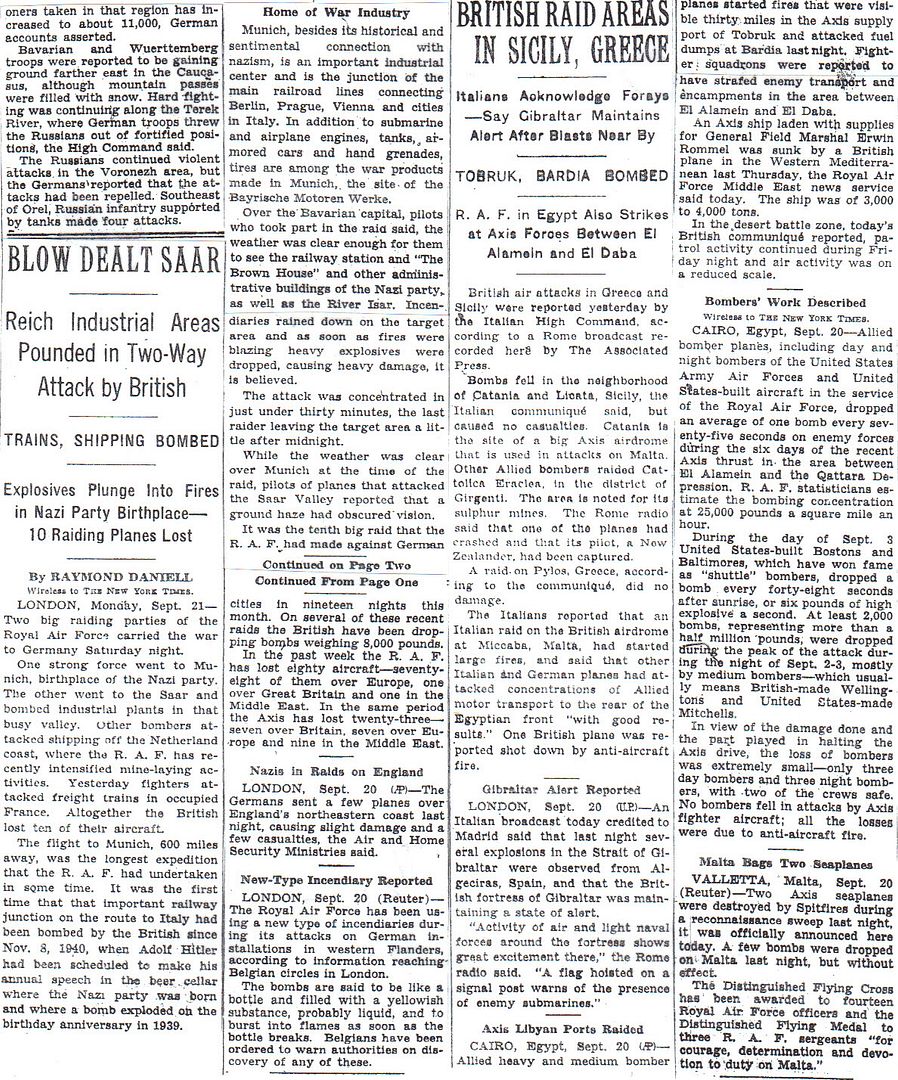
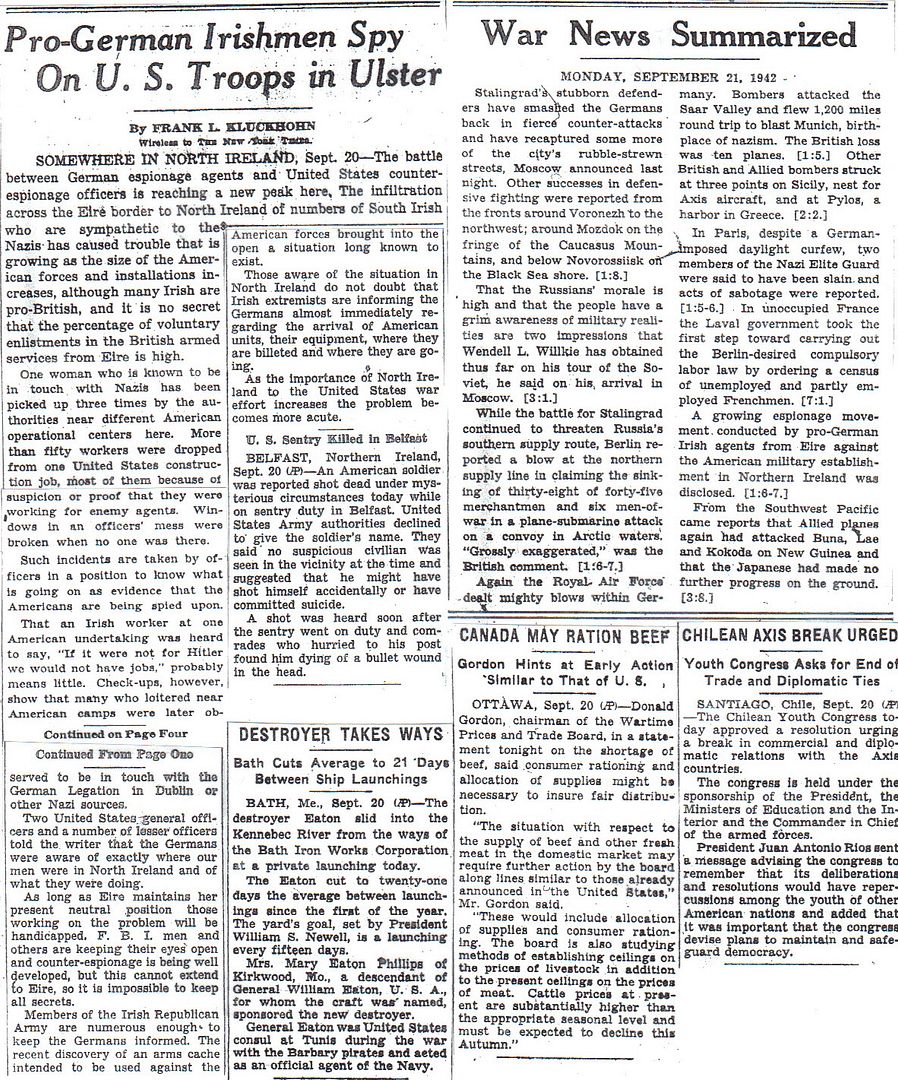

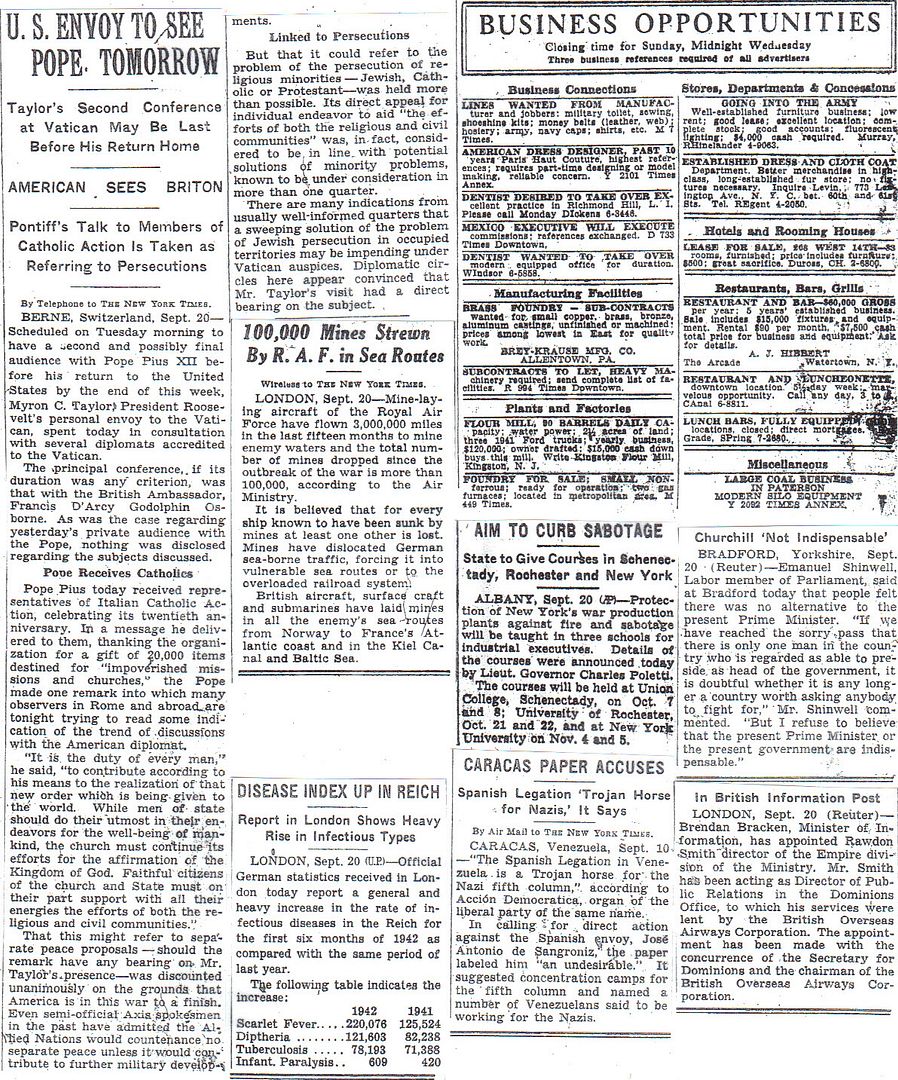
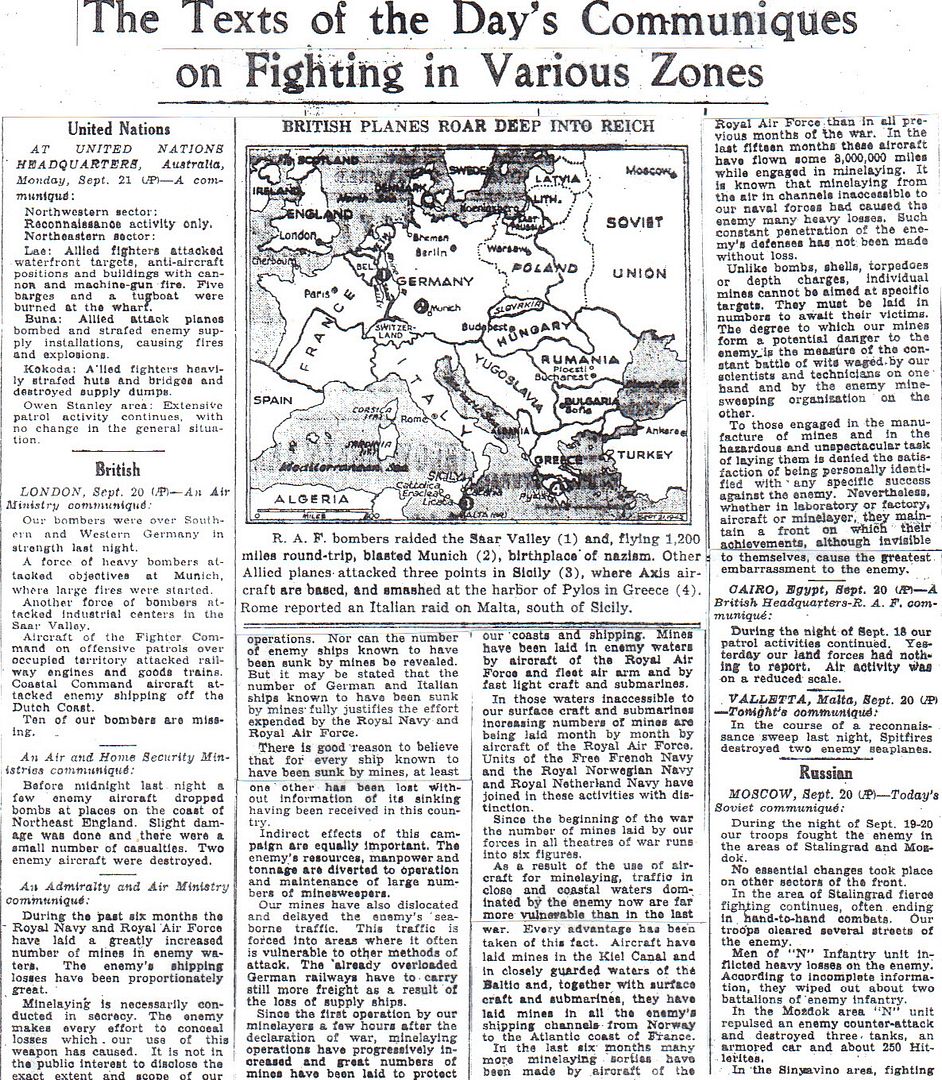

Ju 87 Stuka"

Il 2 Stormovik:
Hawker Hurricane:
P-51 first flew in 1940,
Introduced in 1941,
Packard V-1650-7, license-built version of the Rolls-Royce Merlin 60 series two-stage two-speed supercharged engine first tested now -- fall of 1942,
Enterred combat in December 1943.
PAR35: "As for heavy bomber, clearly the B-17 should win"

PAR35: "And for land transport, I’m thinking the Constellation should edge the DC-4."
Lockheed C-69 Constellation, first flew in 1943: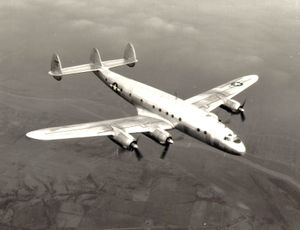
That should teach me to go from memory rather than look it up. I'd remembered that Hughes developed it in the 30's but hadn't remembered that it took it that long to get in the air. I'll stick with the 17, and I stick with the P-51 not measuring up until it gets operational with the new engines.
Please be aware, there is still a lot of confusion about Allied bombing in WWII, and some of it is the result of deliberate efforts to rewrite history.
First remember the total number of German civilians killed by Allied bombing is roughly the same as Allied civilians (including Soviets) killed by German bombing.
Second, one stated objective of Allied bombing was not just destruction of German cities, but also terrorizing and demoralizing civilians to force political surrender.
Little was understood about civilian responses to bombing.
Third, studies show that before mid-1943, allied bombing was mostly a waste of effort, since it did very little damage and actually cost more Allied fliers' lives than Germans on the ground.
Fourth, until the bombing of Dresden in February 1945, Bomber-Harris was pushed by leaders like Winston Churchill for ever-increasing destruction of German cities.
Fifth, the greatest problem with Allied bombing was -- to our minds -- unbelievable inaccuracy.
Only a small number of bombs landed anywhere near their targets, and therefore it was very difficult to destroy anything specific.
This as much as anything was behind the idea of "area bombing."
Sixth, it was poorly understood how precision bombing of critical targets, such as power generation or oil production, could disproportionately reduce German capabilities.
Finally, starting around the time of the Dresden bombings, February 1945, Winston Churchill and others began to consider the problems of governing Germany post-war, and so for the first time Churchill criticized Bomber-Harris for too much bombing.
This change in perspective soon turned Harris from hero to villain, a status from which his memory has yet to recover.
In my opinion, one reason for that was by way of apologizing to Germans for their suffering, in hopes of turning our former enemies into allies against Soviet Communism.
And, it seems to have worked quite well.
I have two references in my library I like to invoke when discussing the subject of “Bomber Harris.” First is a monograph from Military History Quarterly entitled “From Light to Heavy Duty,” which addresses this issue in general terms and the second is Richard Frank’s “Downfall; The End of the Imperial Japanese Empire.”
The point of “From Light to Heavy Duty” is that once wars are started, they take on a progressively increasing cycle of brutality. Thus, by the end of the American Civil War, corncribs in the Shenandoah Valley and smokehouses in Georgia are considered legitimate military targets as much as workers’ housing in the Ruhr and Japanese paper houses with drill presses in them.
Chapter 3 of Downfall, “From Zeppelins to B 29s,” traced the evolution of strategic bombing in the same vein. It also noted that bombing of “civilian” targets in the guise of attack on war industry has been around as long as air power.
Specifically in WW2, the Allied air campaign against Germany was neither well thought out nor well executed during most of the war. They tried a lot of different tacks, but none were really effective but one: that was the “Big Week” of early 1944, where the goal was as much to bring the Luftwaffe to battle and destroy it as it was to destroy German industry. The Luftwaffe never recovered from “Big Week” and it made Operation Overlord feasible.
By the time Curtis LeMay got to the Pacific to direct the air war against Japan, American strategic air doctrine had finally been settled, at least in LeMay’s mind. He planned and executed a coordinated assault to take down the Japanese economy by burning out their cities, mining their internal waterways, destroying their other transportation links in conjunction with conventional bombing of military and industrial targets. In six months of concentrated bombing, LeMay’s command wrought as much destruction on Japan (and killed as many people) as three years of American and British strategic bombing accomplished against Germany.
Harris’ “area bombing” was just one more signpost on the road to Hiroshima. The journey began at Mukden and Munich, and the destination really wasn’t in doubt.
You know I totally forgot about the Mosquito. They used to drive Goering crazy. Their all wooden construction gave them a rather small radar profile. They were the stealth fighter-bomber of the time. Edward Chapman was a German spy (actually double agent) who was tasked with sabotaging the manufacturing plant for the Mosquito on Goering’s orders. They pulled a smoke and mirrors move and made it appear that he succeeded in doing significant damage to the plant.
I actually refer questions concerning strategic bombing to a colleague of mine who is obsessed with the subject. But here is my general take on it.
I don’t give much consideration to the number of civilians killed in the strategic bombing campaign because it is just too hard to lock down on a firm number. As recently as last year, scholarly research has led to an adjustment on civilians killed (this particular instance refers to the fire bombing of Dresden in which the numbers were adjusted down significantly). The targeting of civilians was considered legitimate based on the strategy of “total war”. A civilian could be used to help the war effort and thus were legitimate targets.
As BroJoe mentioned, part of the strategy included demoralizing the civilian population. This was based on the philosophies of Douhet and was even written into the Army Air Force war plan before it was even in the war(AWDP-1). Part of the plan called for the “undermining of German morale by air attack of civil concentrations.” I’ve always found this to be a big failing on the part of both British and American planners. All they had to do was look at the results of the Blitz to know that the bombing of civilian targets tended to have an opposite effect on moral.
Finally, the bombing campaign, though effective in some respects, still did not destroy the German capacity to make war. In fact in the last year of the war the Germans found ways to actually increase production. For example. The Allied bombing campaign decimated German aircraft manufacturing facilities. As a result, production didn’t decrease, it just moved. In May of 1944 the Germans were still able to produce 2,987 aircraft. By September of 1944 that number had increased to 3,821 aircraft. The attacks on the synthetic oil production had more success, but still production only decrease slightly over that time frame. In the last months there were actually more aircraft than there were pilots to fly them. So much so, that often if an aircraft was damaged in battle, they would simply just grab a new one because it was easier to use one of these idle new aircraft than to even bother fixing the damaged one. If you go to the underground areas at Tempelhof you can still see the trolly rails that were used to carry the new 109s from the production area under the airport, to the tarmac above.
The Luftwaffe’s final downfall was in shortages of pilots, airports and fuel, there was no shortage of planes and ammo.
. . . a situation which a lack of aviation gas would exacerbate.Fire and Fury cited information from “Ultra” that the German fuel supply was vulnerable. And we know that Hitler’s planning of the German thrust into the Ardennes, which was stopped in the Battle of the Bulge, depended on capturing Allied fuel supplies because the Germans were short of it. They ended up abandoning tanks for lack of fuel. The point of emphasizing intelligence from Ultra is that that intelligence was in hand when Harris was stonewalling his superiors and effectively refusing orders to change his focus.
It is natural that things look different when you start thinking about the aftermath of victory than they did when you were desperate to stave off defeat. Harris wouldn’t make that change in perspective, even when presented evidence that military as well as long-run civilian objectives would be furthered by that change.
Disclaimer: Opinions posted on Free Republic are those of the individual posters and do not necessarily represent the opinion of Free Republic or its management. All materials posted herein are protected by copyright law and the exemption for fair use of copyrighted works.